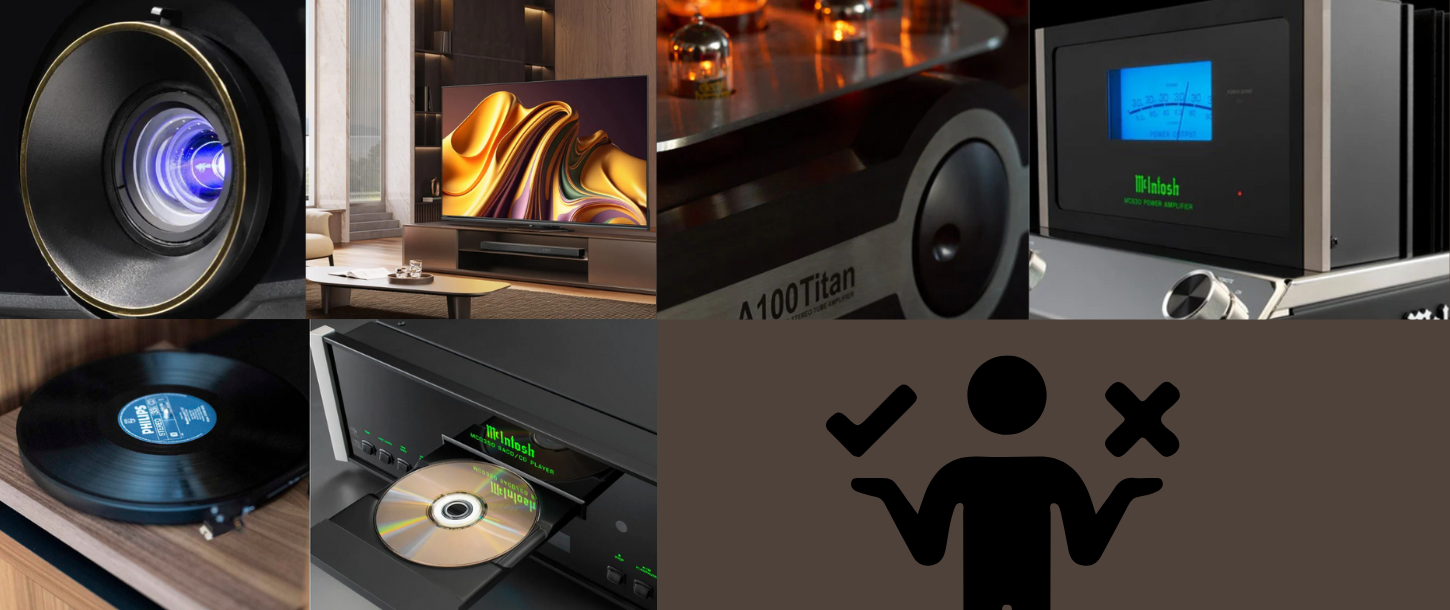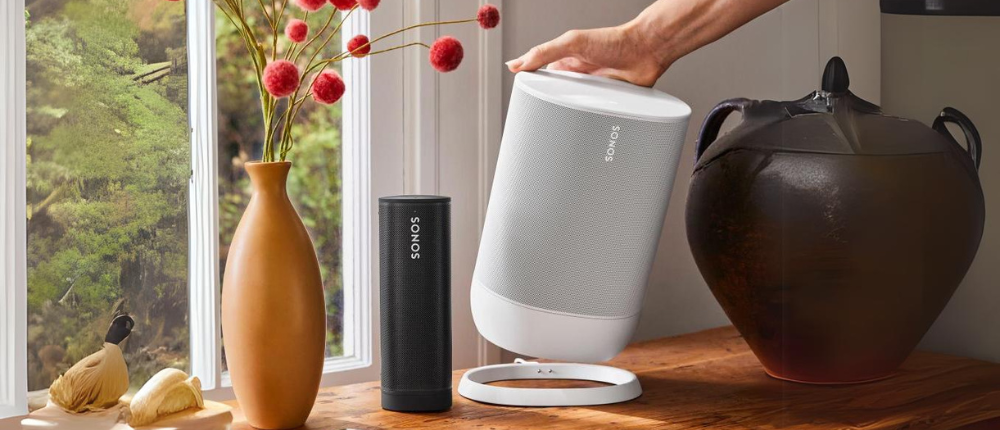One of the most common questions we get in-store is: “Should I go for an AV receiver or an integrated amplifier?” It’s a fair question, and the answer depends entirely on what kind of experience you want from your sound system. Both options have their strengths, and both are still very relevant in today’s home audio landscape.
Let’s break down the differences and help you decide what’s right for your space.

What is an Integrated Amplifier?
An integrated amplifier is essentially two components in one box: a preamplifier, which allows you to control volume and choose your source, and a power amplifier, which drives your speakers. It’s a straightforward, elegant solution for high-quality stereo sound.
Traditionally, integrated amps have been the go-to for music lovers. They’re designed for precision, detail, and musical clarity. And while they were once purely analogue, modern integrated amplifiers now often include useful digital features like built-in DACs (digital-to-analogue converters), Bluetooth and Wi-Fi streaming, phono stages for turntables, and even HDMI ARC for TV audio.
If your main focus is listening to music in two-channel stereo, an integrated amplifier delivers a refined and focused experience.

What is an AV Receiver?
An AV receiver (short for audio/video receiver) is the central hub of most home theatre systems. Unlike integrated amps, AV receivers are built to handle both audio and video signals. They typically include multiple HDMI inputs for various devices, surround sound decoding (such as Dolby Atmos or DTS:X), and video passthrough for formats like 4K or 8K.
AV receivers power multi-channel speaker systems such as 5.1, 7.2, or even more complex setups-making them ideal for home cinema environments. They often include room calibration software to optimize sound based on your room’s acoustics, and many support music streaming, voice control, and app-based setup.
If your goal is to create an immersive home theatre system for movies, sports, and gaming, an AV receiver is built for exactly that.
How Are They Different?
The main difference between the two lies in their purpose and design. Integrated amplifiers are dedicated to stereo music reproduction, often offering better clarity and musicality in a simpler format. AV receivers, on the other hand, are designed to manage multiple audio and video sources, provide surround sound decoding, and drive more speakers - all in one unit.
However, this doesn’t mean one is better than the other. It simply comes down to how you plan to use your system.
Can You Use Both?
Absolutely. In fact, many people who want high-performance stereo sound alongside a home theatre setup use both. Most AV receivers include pre-outs, which allow you to connect an external integrated amplifier. This way, your integrated amp can handle the front left and right speakers for music listening, while the AV receiver manages the rest of the surround sound system for movies and TV.
This hybrid approach gives you the best of both worlds- audiophile-grade stereo sound and full cinematic surround sound without compromise.
Integrated amplifiers and AV receivers both have important roles in the home audio world. If you primarily listen to music, value sound quality, and want a clean, elegant setup, an integrated amplifier is likely the better choice. If you’re building a home theatre with surround sound and want one unit to manage it all, an AV receiver is the way to go.
At the end of the day, the right choice depends on how you use your system. And if you’re still unsure, we’re here to help. Visit our showroom to experience both in action, or get in touch with us for personalised advice on the best setup for your space.






